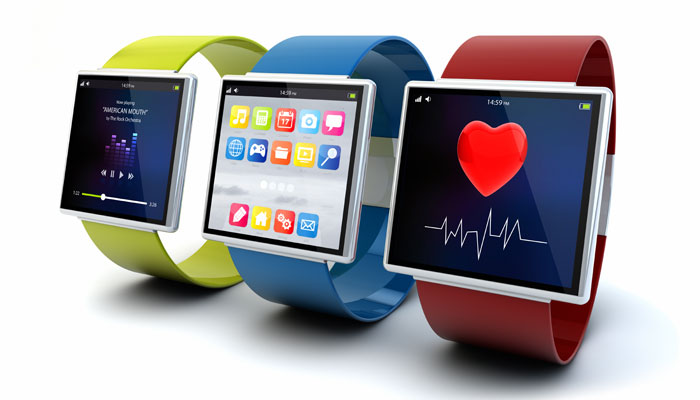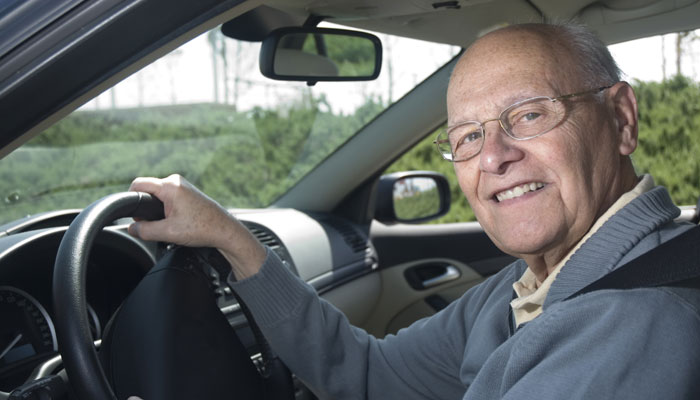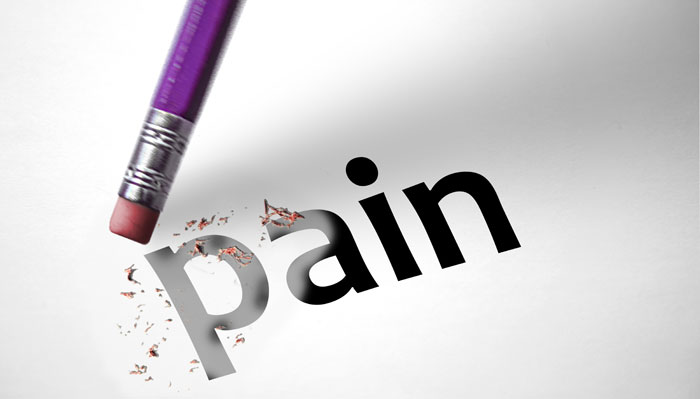Family Caregiver Connection
Helpful tips for family caregivers
March/April 2019
Much of the strain in family caregiving involves tension between your priority of safety and your loved one’s priority of (and right to) independence. This month we look at smartwatches as a tech solution to a common conflict: What if your loved one falls and no one is there to help? We look at this same issue in the context of early dementia and balancing self-esteem and continued engagement, with caution in terms of driving and finances. On a different note, we continue our series on pain management, this time looking at chronic pain and nondrug strategies.
Smartwatches for seniors
 The makers of smartwatches are now designing products for older adults. And they just may have come up with an acceptable alternative to the standard “I’ve fallen and I can’t get up” pendant. Perhaps you’ve tried to get your loved one to wear a personal emergency response system (PERS) pendant—only to hear, “No. I don’t like it.”
The makers of smartwatches are now designing products for older adults. And they just may have come up with an acceptable alternative to the standard “I’ve fallen and I can’t get up” pendant. Perhaps you’ve tried to get your loved one to wear a personal emergency response system (PERS) pendant—only to hear, “No. I don’t like it.”
Many older adults consider the pendants ugly and stigmatizing.
The new smartwatches offer advantages:
- Unlike home-based emergency response systems, they work anywhere there is a cell signal.
- They are easy and natural to wear.
- GPS features enable using the watch as a locator device for persons with dementia.
- They can do dual duty as fitness trackers, measuring heart rate, number of steps, etc.
- They send and receive text messages. Some even handle phone calls.
- Apps are available for things like setting a timer for pill reminders, or scheduling appointments. Soon even EKGs for heart monitoring.
- They tell time!
On the downside:
- Will your loved one use all these features? Or will the apps just be confusing? The options are likely too much for those with memory problems.
- How useful is the watch in an emergency? Screens are small and several steps may be required. Practice may be necessary ahead of time.
- So far, the automatic fall detection apps still have a few bugs to work out.
- Not all smartwatches offer a companion service for 24/7 connection to a trained professional who can triage the need for help.
- Those with hearing loss may have difficulty hearing a respondent if the device isn’t held close to the ear.
- While smartwatches are definitely more stylish, they are still big. They seem to appeal more to men than to women.
- These devices need to be regularly charged.
Dementia: safety and independence
 Everyone with a memory loss condition deserves the opportunity to stay engaged in life for as long as possible. Early in the disease, your loved one will continue to do many things quite well. Your challenge is to balance respect for your relative’s independence with the need to ensure safety. All this while preserving a trusting relationship.
Everyone with a memory loss condition deserves the opportunity to stay engaged in life for as long as possible. Early in the disease, your loved one will continue to do many things quite well. Your challenge is to balance respect for your relative’s independence with the need to ensure safety. All this while preserving a trusting relationship.
In the beginning, just keep an eye on things. Encourage engagement and support self-esteem. Over time, you may need to provide some assistance. Not to do things “for” him or her, but “with.” As abilities decline, suggest alternative approaches. And when you notice risky and unwise decisions, transition into taking over. Respectfully.
Finances. Managing mail and doing calculations can become confusing early on. Watch for unopened bills, an unbalanced checkbook, utility shut-off notices, or difficulty calculating the tip at a restaurant. Offer to “make life easier” by putting bills on autopay. At tax time, suggest doing it together. Or that you take it on, as he or she has “done that chore long enough.” Poor judgment may leave your relative open to scams. Look for odd purchases or erratic spending. Work with your loved one’s financial advisors to talk about money management options. Eventually, if you have power of attorney, you may need to activate that.
Driving. If your loved one is still driving, be the passenger frequently to check his or her capability. Dementia affects reaction time, spatial judgment, and decision making under pressure. Typical problems include
- not following right-of-way rules, for example at stop signs or when making a left turn.
- getting flustered at intersections or stopping midstreet when feeling uncertain.
You might suggest driving simpler routes and when traffic is less busy. Or facilitate rides from friends, public transit, etc. Eventually, call the doctor and ask for a driving evaluation.
Return to topManaging chronic pain
 “Chronic pain” is pain that lasts for 12 weeks or more. The cause is usually nervous system misfiring, like a faulty car alarm system. Often there is no specific trigger, which makes treatment difficult.
“Chronic pain” is pain that lasts for 12 weeks or more. The cause is usually nervous system misfiring, like a faulty car alarm system. Often there is no specific trigger, which makes treatment difficult.
Chronic pain is common, affecting 50%–66% of adults age 50 and older.
Opioid drugs are recommended for pain control in life-threatening illnesses such as cancer. For those with chronic pain, however, a mix of pain relief strategies is better.
With chronic pain, a full recovery to “no pain” may not be realistic. Instead, it’s a matter of finding ways to help your loved one adjust so he or she can continue activities that bring meaning to life despite the pain.
Pain is physical, and the experience of pain can be reduced with physical changes. Pain is also highly affected by mental perception. In other words, how negatively we think about it. These two qualities open the door for many nondrug strategies of pain management. For instance:
- Physical therapy. Exercises to gain strength and flexibility can improve overall comfort.
- Occupational therapy. Learning new ways to accomplish daily tasks may reduce pain.
- Exercise. Low-impact physical activity—walking, swimming—releases endorphins, the body’s natural pain killer.
- Quality sleep. Lack of sleep makes pain worse. Good rest supports resilient coping with pain.
- Relaxation techniques. Special techniques can train the mind and body to interrupt the pain cycle (in which pain triggers fear and tension, which brings more pain).
- Meditation. Mindfulness practice can help your loved cope by “seeing” the pain from a new perspective.
- Counseling. Counseling can help your relative identify and change the thoughts, feelings, and actions that amplify pain. Cognitive behavioral therapy is often the most helpful. It can also address depression and anxiety, which then lowers pain.

